MAKE ROOM FOR SPATIAL REASONING
One afternoon, as I was visiting a friend of mine, his 2 year old daughter came out of her room with six stuffed dogs and set them all down in a row. She went back into her room and came out with a stack of bowls which she proceeded to place in front of each of her pups – it was time for their dinner. When she had distributed all of the bowls, she realized that two pups did not have a bowl so she went back into her room to retrieve exactly two more bowls.
This may seem like a pretty typical example of a child’s tea party, but when you consider the cognitive functions this two year old was employing, it becomes so much more. Luckily, the significance of what was happening in her curious mind was not lost on me and it made me wonder how deep her number sense ran.
The Power of Spatial Reasoning
What do you suppose was going through this child’s head when she went back for more bowls? It’s highly doubtful that at 2 years old she was thinking “Six dogs minus four bowls means I need to add two more bowls.” So how was she able to know exactly how many more bowls she needed?
The answer lies in her spatial awareness and spatial reasoning.
Although the context may vary wildly from child to child, young learners have “foundational experiences” (Clements & Sarama, 2004) like the one described above all the time and it demonstrates the role spatial reasoning plays in their cognitive development – but this anecdotal evidence is far from the full story.
The role spatial reasoning plays in a child’s understanding and success in other cognitive domains has been researched for decades and the correlation may be surprising to some. For instance, there is a strong correlation between early successes in spatial reasoning and success in STEAM careers later in life (Shumway, 2013). Furthermore, the more experiences a child has with spatial challenges the more their skills develop. This research suggest that a strong emphasis ought to be put on spatial reasoning and developmental opportunities in early grades rather than on rote or abstract processes such as algorithms and procedures. The decades of research connecting strong spatial sense and high levels of achievement in mathematics makes one wonder why we don’t pay more attention to building this extremely important skill in our young learners.
Spatial reasoning is not limited to geometry as some might believe. As we saw at the tea-party at the beginning of this discussion, spatial reasoning can be effectively applied to many other aspects of numeracy such as number sense, data management, measurement, and many others. As such, it is valuable to investigate new ways to promote spatial reasoning when approaching any branch of mathematics and avoid the temptation to jump straight to abstract representation. Instead, we ought to start with the concrete by leveraging and building upon young learners’ foundational experiences and only then fade this into visual representations and finally abstract representation which is often referred to as concreteness fading.
Technology’s Role in Spatial Reasoning
Technology can allow us to manipulate and investigate situations and problems in ways that would never be available through paper and pencil or traditional manipulatives. For example a +1 counter and -1 counter do not physically ‘cancel each other out’ on a student’s desk, but in a digital environment, putting them in contact with one another can cause a mysterious reaction that results in nothing. Although these digital manipulatives are not truly “concrete” in that they are not tangible, they can be useful to bridge the gap between the concrete and visual/pictorial stages of representation as well as the source of new and developing foundational experiences.
The implementation of the right digital resources can transform any lesson into a visual and memorable exploration that develops the spatial awareness of young learners. However, it is important to note that not all digital math resources provide this bridge between the concrete and visual that we are hoping for. I’d like to highlight a few digital tools that effectively leverage spatial reasoning to help young learners develop a deeper understanding of new concepts.
Zorbit’s Math Adventure
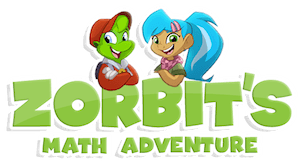 When students play Zorbit’s Math Adventure, they join Zorbit and his crew on a journey through the cosmos visiting planets that represent strands within our math curriculum. Each planet contains a cast of interesting characters that need Zorbit’s help and the students complete contextual activities that lead towards a solution to their new friends’ problem. Although the planets focus on different areas of the curriculum, each activity is designed to use familiar, but digitally supercharged, manipulatives to help students engage with the math concepts at hand.
When students play Zorbit’s Math Adventure, they join Zorbit and his crew on a journey through the cosmos visiting planets that represent strands within our math curriculum. Each planet contains a cast of interesting characters that need Zorbit’s help and the students complete contextual activities that lead towards a solution to their new friends’ problem. Although the planets focus on different areas of the curriculum, each activity is designed to use familiar, but digitally supercharged, manipulatives to help students engage with the math concepts at hand.
This is just one small example of the huge variety of activities from Zorbit’s Math Adventure. Not only does the game leverage spatial reasoning on 14 curriculum-aligned planets across grades K-3, it also features a library of lesson plans and teaching activities that build on activities within the game. These activities have been designed around materials found in many primary classrooms and are a great way to bring their in-game experiences into a more tangible environment or vice-versa.
This digital platform collects student performance data based on their activities within the game and features a suite of analytic and instructional tools for the teacher. These tools make Zorbit’s Math Adventure a very powerful platform for teaching math in the Kindergarten through grade 3 classroom.
Lucky for you, the good folks at Zorbit’s have been generous enough to provide anyone who uses this link to get an exclusive Zorbit’s Trial for your own classroom! If you’d like to try Zorbit’s Math Adventure in your classroom, visit this special link for your extended free trial.
Math is Visual
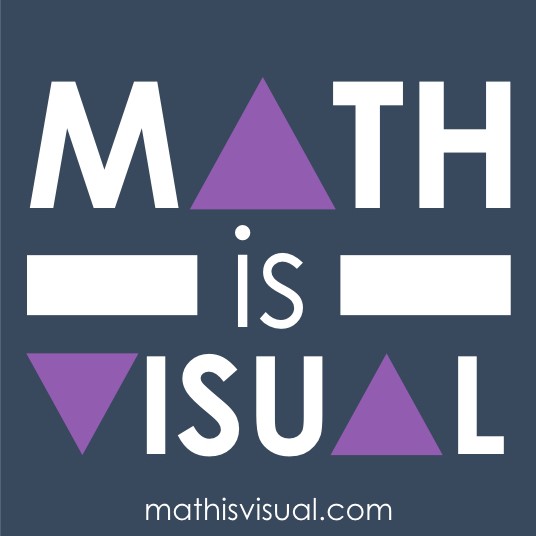 One of my sites, www.mathisvisual.com, features a library of videos that demonstrate mathematical ideas with animated manipulatives. These short animations are a great way to introduce new ideas by allowing students to investigate and hypothesize about the interplay between operations before being represented with numerals – an abstraction of the idea at hand. This evokes a strong number sense rather than simply the memorization of procedures and math-facts alone.
One of my sites, www.mathisvisual.com, features a library of videos that demonstrate mathematical ideas with animated manipulatives. These short animations are a great way to introduce new ideas by allowing students to investigate and hypothesize about the interplay between operations before being represented with numerals – an abstraction of the idea at hand. This evokes a strong number sense rather than simply the memorization of procedures and math-facts alone.
DragonBox Numbers
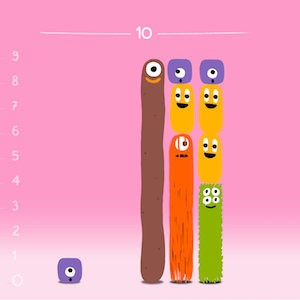 DragonBox Numbers is a game that uses “Nooms” – little creatures whose height represent different numbers from 1 to 10. Within the game’s sandbox areas, ladder levels, and puzzle challenges, students can combine, slice, stack, compare, and sort the Nooms to build an appreciation of how numbers affect and relate to one another. It is through these contextual manipulations of the Nooms that math is made visual and interactive. For example, when combining Nooms, one will eat the other and grow proportionally to the sum of those two Nooms. This is a wacky yet concrete representation of how addition of simple numbers works.
DragonBox Numbers is a game that uses “Nooms” – little creatures whose height represent different numbers from 1 to 10. Within the game’s sandbox areas, ladder levels, and puzzle challenges, students can combine, slice, stack, compare, and sort the Nooms to build an appreciation of how numbers affect and relate to one another. It is through these contextual manipulations of the Nooms that math is made visual and interactive. For example, when combining Nooms, one will eat the other and grow proportionally to the sum of those two Nooms. This is a wacky yet concrete representation of how addition of simple numbers works.
My daughter loves tinkering with the different variations of the DragonBox Numbers game and I’m sure your young kids or students will love it too!
DragonBox has a few other games that expand these ideas into larger numbers and other mathematical domains including algebra and Euclidean geometry.
They can be purchased separately or in bundles from the App Store.
As a bonus, our friends at Dragonbox will give teachers access to Dragonbox Numbers for free!
Click here to register for FREE access to Dragonbox Numbers.
Math Visuals
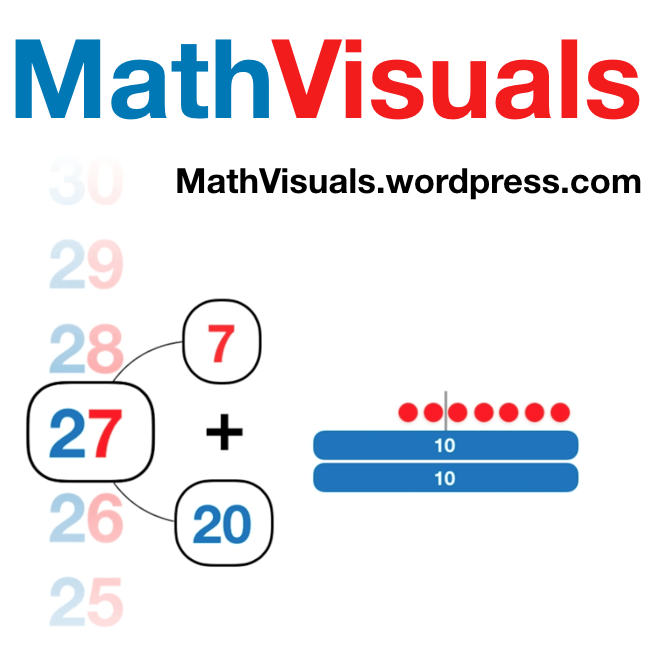 Math Visuals is another website with a growing collection of animations that illuminate key concepts from Kindergarten through Grade 5. The visuals give students an entry-point into difficult concepts by asking Annie Fetter’s signature (and my now favourite) questions: “What do you notice? What do you wonder?” to encourage mathematical discourse and encourage the use of spatial reasoning.
Math Visuals is another website with a growing collection of animations that illuminate key concepts from Kindergarten through Grade 5. The visuals give students an entry-point into difficult concepts by asking Annie Fetter’s signature (and my now favourite) questions: “What do you notice? What do you wonder?” to encourage mathematical discourse and encourage the use of spatial reasoning.
Visit the website here.
Desmos
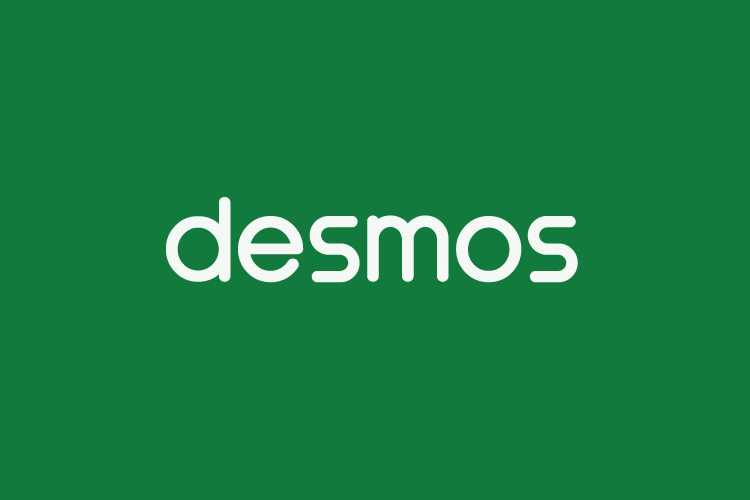 If you are teaching the Middle and High School grades, then Desmos is an amazing way to leverage spatial reasoning in your math classroom! What first began as a free web-based graphing calculator that is easier, more intuitive to use, and cheaper (FREE) than a TI-83, has now blown up into an amazing suite of activities that teachers can access and use for free.
If you are teaching the Middle and High School grades, then Desmos is an amazing way to leverage spatial reasoning in your math classroom! What first began as a free web-based graphing calculator that is easier, more intuitive to use, and cheaper (FREE) than a TI-83, has now blown up into an amazing suite of activities that teachers can access and use for free.
Visit the website here.
Effective Mathematics Instruction Leverages Spatial Reasoning
The power of spatial reasoning in a young learner’s education is amazing! Since the day they are born, children use their perception of the world around them to learn new things. Once they begin manipulating concrete objects in their surroundings, they are already fully immersed into a continuous state of exploration, experimentation, and tinkering.
So while I would never want to rush past this stage of students playing, tinkering and manipulating concrete objects, there will come a time when we should help nudge their thinking towards the second stage of concreteness fading by encouraging visualization. While the scope of the objects we can manipulate in this digital age may seem limitless, being intentional when selecting the appropriate digital resource for each child at their individual developmental stage is so important. Hopefully this post has given you a head start as we all work to become better at identifying which digital math tools leverage and help students build their spatial reasoning to deepen their understanding of mathematics.
So the next time you’re in the presence of young children at play, be on the lookout for instances of spatial reasoning taking place – both concretely and visually – right before your eyes!
I’d love to hear your experiences of spatial reasoning in action. Be sure to share in the comments!
References
Clements, D.H.; Sarama, J. (2004). Engaging Young Children in Mathematics: Standards for Early Childhood Mathematics Education. Lawrence Erlbaum Associates Publishers, New Jersey.
Shumway, J. F. (2013). Building bridges to spatial reasoning. Teaching Children Mathematics, 20(1), 44–51.
